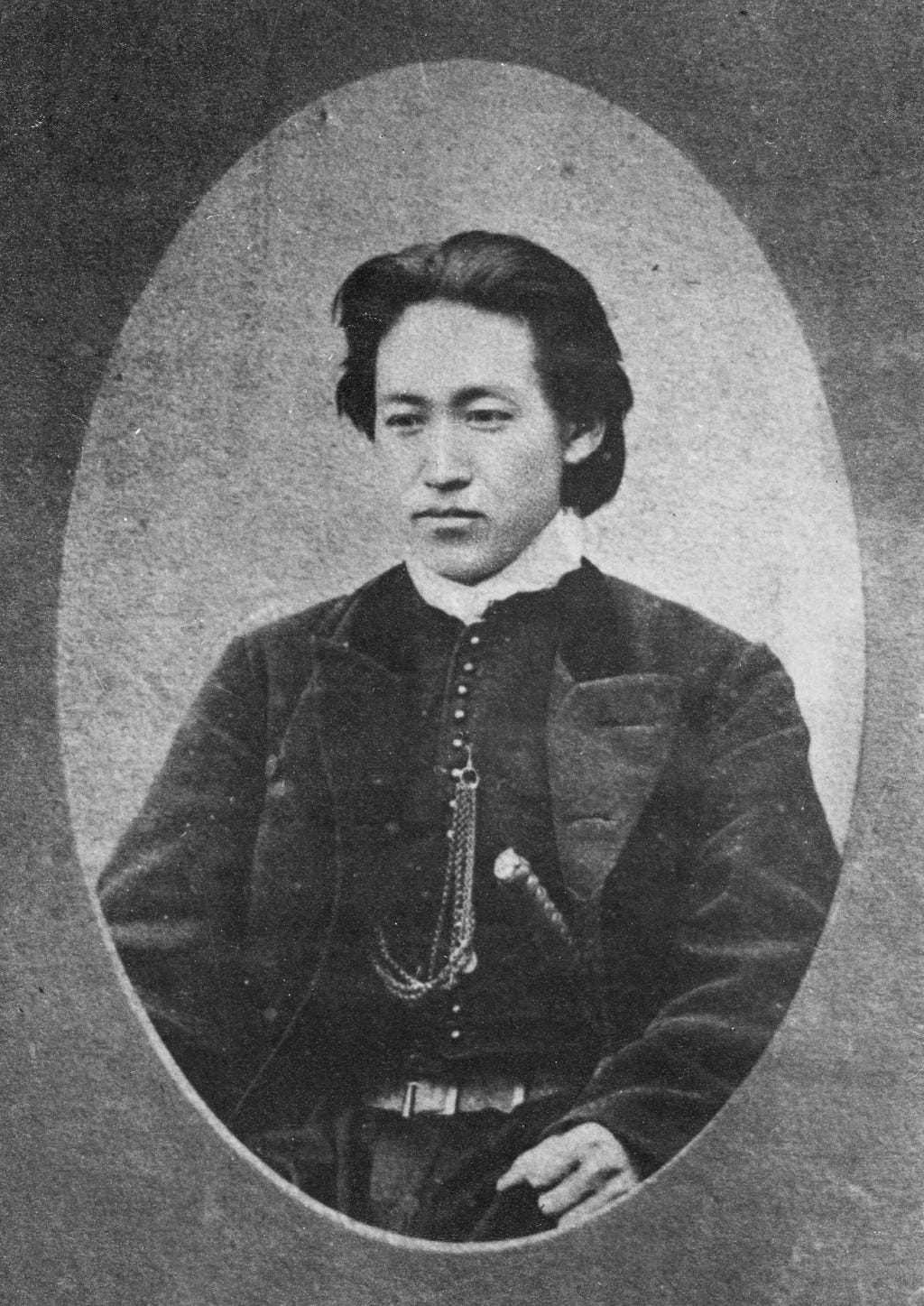Dream Songs 149 and 150 by John Berryman
Poetry has always provided a setting for elegies, a means by which grief and loss can be given full vent, but in a formal expression which helps convey a fitting sense of their timeless importance. John Berryman’s magnus opus, The Dream Songs, has some resemblances to a poetic life-journal. While writing it in the 1960s, several of his poet-friends died within a few years and he wrote about each of these losses, weaving them into reflections on his own aging and mortality.
Hardest of all to bear was the death of Delmore Schwartz, a friend of his youth. Schwartz had been perhaps the most promising poet of that talented generation, but his long, painful slide into mental illness choked his writing, drove away a loving wife and friends, and led to an early death.
An ever-present challenge with an elegy is the temptation to beatify the lost loved one. This honors our feelings but is not fully true. I’ve selected two poems from the 10-poem sequence in which Berryman mourns his friend. He sees his friend as the man Delmore had become, but loves him nonetheless. Isn’t that what we all want most – to be loved in spite of ourselves?
- Jack Jr.

The Shinsengumi
Often, when people see my library for the first time, they ask, “have you read all of those books?” Anyone who owns a lot of books knows the answer: Of course not! I probably buy more books that I plan to read, than I do books that I intend to read right away. One of the joys of owning a lot of books I haven’t read, though, is discovering them at the right time. There have been many books I meant to read and then never got around to, or started but put down, only to rediscover them years later. When that happens, I’m always struck because it feels like I read them when I was meant to, if that makes sense. Hence, why I think you should always own more books than you’ve read: You never know when a book’s time will come.
I say all of that because I’m almost done with a book I’ve owned for over 15 years. I kept meaning to read Shinsengumi, but never did. A few days ago I decided to finally try it and I’m really glad I did. In the 1860’s, Japan’s government was crumbling. After 250 (!) years in power, the Tokugawa shogunate had grown weak and its opponents sensed this. To help deal with unrest in Kyoto, the Tokugawa created a special police force called the Shinsengumi.
The best way I can describe the Shinsengumi is this: Imagine in the late 1800’s, the American government had told Wyatt Earp to put together a force of 100 other men with the goal of pacifying unruly towns out west. Now imagine they had complete freedom to kill absolutely anyone they perceived as a threat. That’s sort of what the Shinsengumi were. They were beloved, hated, feared, and ultimately destroyed. They still have an outsized hold on the Japanese imagination, and it’s not hard to see why. Hillsborough’s book is worth reading and I’m glad I finally did.
- Jack III





Your poetry readings and explanations have done more for my capacity for appreciation of this art form than any class I ever took, Jack, and I always look forward to and savor the arrival of each one. Thank you!